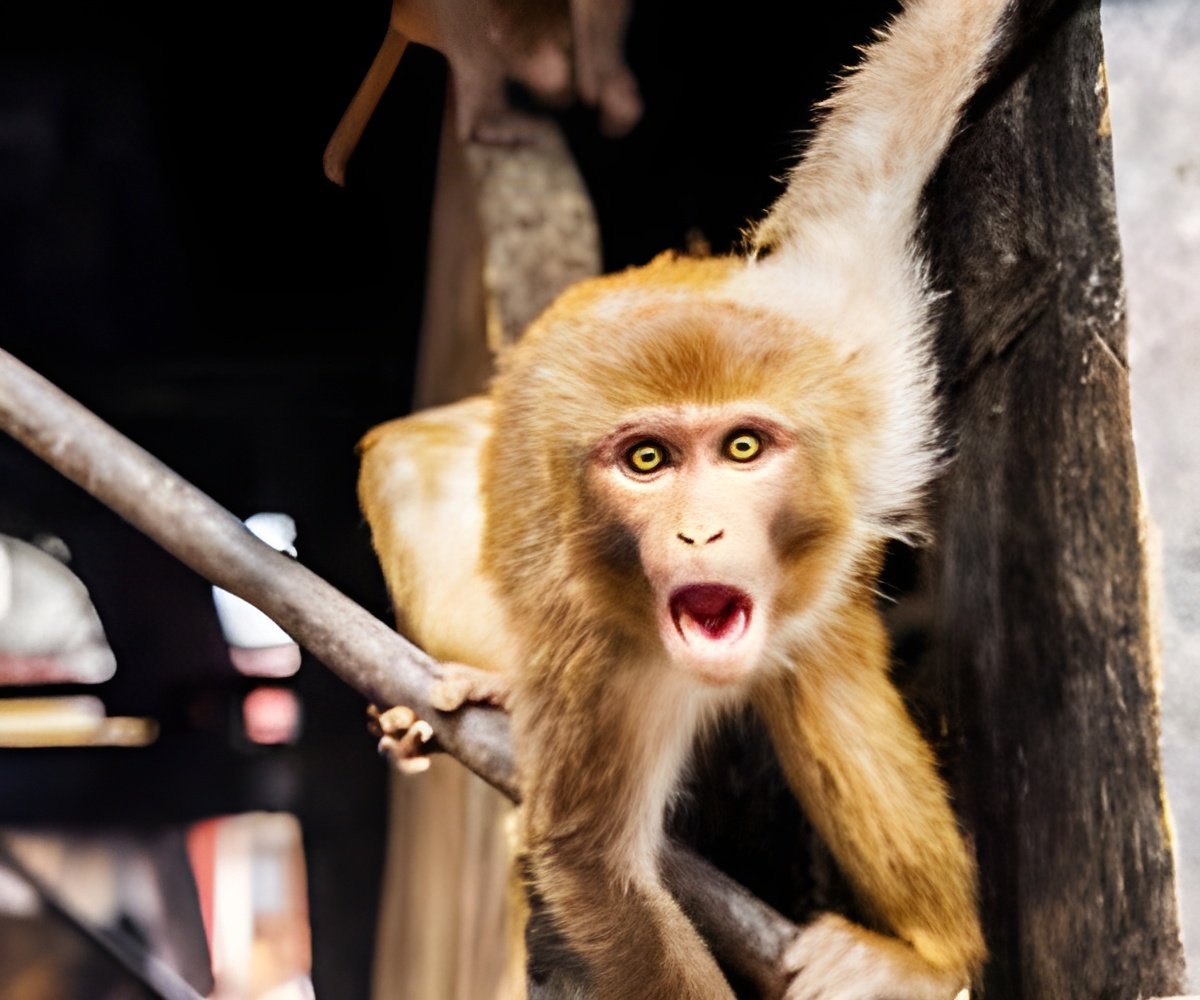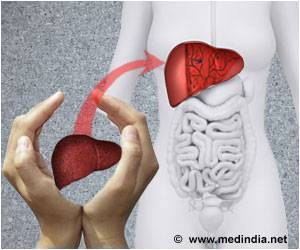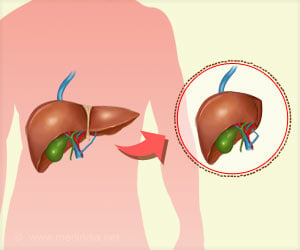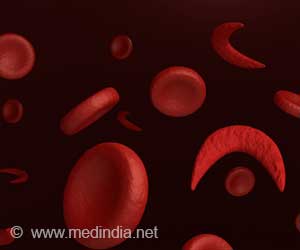
‘The ultimate goal of this experiment is to achieve a successful and fruitful alternative for human organ transplantation.’
Read More..




"The results are very promising," says Núñez, a biologist and vice-chancellor of research at UCAM. The team provided minimum details because they are waiting to explain in detail in an internationally renowned scientific journal. "From UCAM and the Salk Institute we are now trying not only to move forward and continue experimenting with human cells and rodent and pig cells but also with non-human primates," explains Izpisúa. "Our country is a pioneer and a world leader in these investigations," he adds.Read More..
Mr.Izpisúa was born in Hellín (Albacete) in 1960, according to him his team conducted in 2017 "the first experiment of human and pig chimeras in the world," although it was not successful.
"The human cells did not take hold. We saw that they contributed very little [to the development of the embryo]: one human cell forever 100,000 pig cells," says the Argentinean veterinarian Pablo Ross, a researcher from the University of California at Davis and a co-author of that experiment.
The team has created chimeras between more similar species, for example, the rat and the mouse, and they are five times more similar compared to humans and pigs. In 2017, the researchers utilized the genome-editing tool CRISPR to deactivate genes that are essential to the development of the heart, eyes, and pancreas in mouse embryos. The team then substituted the rat stem cells that were capable of generating these organs. This resulted in a series of rat-mouse chimera embryos, whose gestation was terminated because of the international consensus regarding these types of experiments.
Doctor Ángel Raya, the director of the Barcelona Regenerative Medicine Center, questions the ethics of these experiments." "What happens if the stem cells escape and form human neurons in the brain of the animal? Would it have consciousness? And what happens if these stem cells turn into sperm cells?" he asks. Núñez seems certain that Izpisuá's research team has created mechanisms "so that if human cells migrate to the brain, they will self-destruct."
Advertisement
A major chunk of this research with monkeys in China was financed by the UCAM and wasn't cheap. "If we combine the human/pig, human/rat, and human/monkey research, it is many hundreds of thousands of euros," says Núñez.
Advertisement
Source-Medindia









